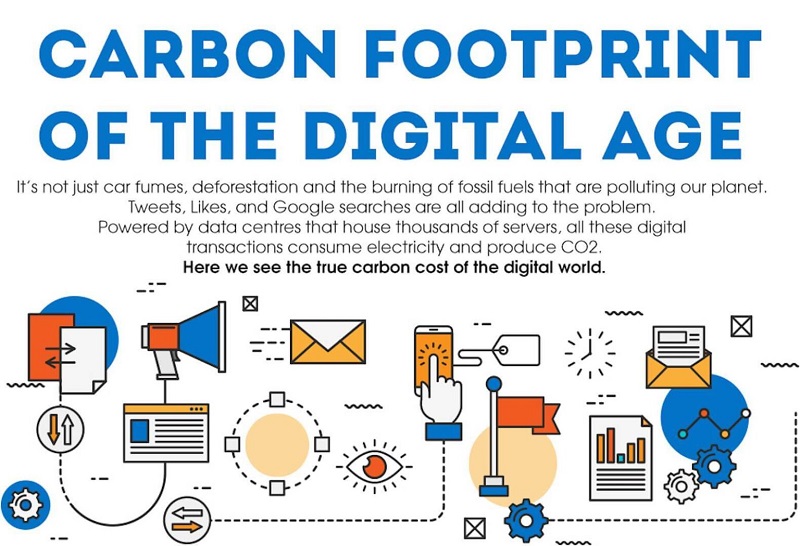EarthTalk®
From the Editors of E – The Environmental Magazine

The storage, sorting and transmission of unnecessary spam emails consume copious amounts of energy, contributing to greenhouse gas emissions. Credit: Pexels.com.

Dear EarthTalk: Is it true that spam email takes a huge toll on the environment? – P.L., Bern, NC
If you are among the 92 percent of Americans who use email as a means of communication, you are a recipient of unsolicited batch emails called “spam.” Every day, upwards of 14.5 billion spam emails are sent globally. They may seem harmless on the surface, but the storage, sorting and transmission of unnecessary spam emails consume copious amounts of energy, contributing to greenhouse gas emissions.
Emails may seem to appear somewhat magically on a phone or laptop, but any kind of electronic request actually requires a physical touchpoint, called a data center, for the information to be transmitted. Data centers need enormous amounts of electricity to function. Everything, from the servers to the infrastructure to cool the extensive computer systems, is powered by electricity. In 2014, data centers in the United States consumed 70 billion kilowatt-hours of electricity which is equivalent to around two percent of all annual American electricity consumption (the amount of electricity that data centers consume today is likely far higher). Electricity is frequently generated from fossil fuels, and fossil fuels release greenhouse gasses into the atmosphere when burned. A high demand for electricity from data centers significantly contributes to the high volume of greenhouse gas emissions.
Therefore, every email sent and received has a carbon footprint. Mike Berners-Lee, a professor at Lancaster University, determined that each spam email has a carbon footprint of 0.3g of carbon dioxide. While a spam email’s carbon footprint is actually less than the average non-spam email’s carbon footprint, spam email accounts for the majority of all emails sent, according to some reports—and volume matters. One spam email has the same carbon footprint as driving just three feet in a car, but the total annual volume of spam has the same carbon footprint as driving around the world 1.6 million times.
Between the energy required to harvest addresses, store unread messages in data centers for long periods of time, filter spam and complete basic processing and transmission of messages, spam email is estimated to consume 22 billion kilowatt-hours annually. The same amount of energy could power 2.3 million homes in the United States. And assuming the electricity is coming from fossil fuel sources, 2.6 billion trees would have to be planted every year to offset the pollution.
Luckily, spam is unnecessary and there are steps you can take to limit its presence in your own inbox, and to make your inbox greener. Deleting emails, clearing your spam inbox regularly, and unsubscribing from unwanted subscriptions reduces the amount of data volume being transmitted between servers and stored, which reduces demand for electrical energy. You can also choose a cloud provider, like Gmail or Microsoft Outlook, that has pledged to make their data centers carbon neutral or more environmentally friendly. Green cloud providers use a renewable electricity source or have vastly improved the electrical efficiency of their data centers. In choosing your cloud provider, take a look at Brainwave’s ranking of the “Greenest Clouds.” The impact of some of the more major cloud providers going green has had a tangible impact: while the volume of spam email has significantly increased over time, the amount of electricity spam email consumes annually has remained relatively consistent in the past few years.

CONTACTS:
Who Has the Greenest Cloud? brainnwave.ai/who-has-the-greenest-cloud/;
The Carbon Footprint of Email Spam Report, siskinds.com/wp-content/uploads/carbonfootprint_12pg_web_rev_na-1.pdf;
How Does Deleting Emails Reduce Carbon Footprint? graygroupintl.com/blog/how-does-deleting-emails-reduce-carbon-footprint
EarthTalk® is produced by Roddy Scheer & Doug Moss for the 501(c)3 nonprofit EarthTalk. See more at https://emagazine.com. To donate, visit https://earthtalk.org. Send questions to: question@earthtalk.org.
